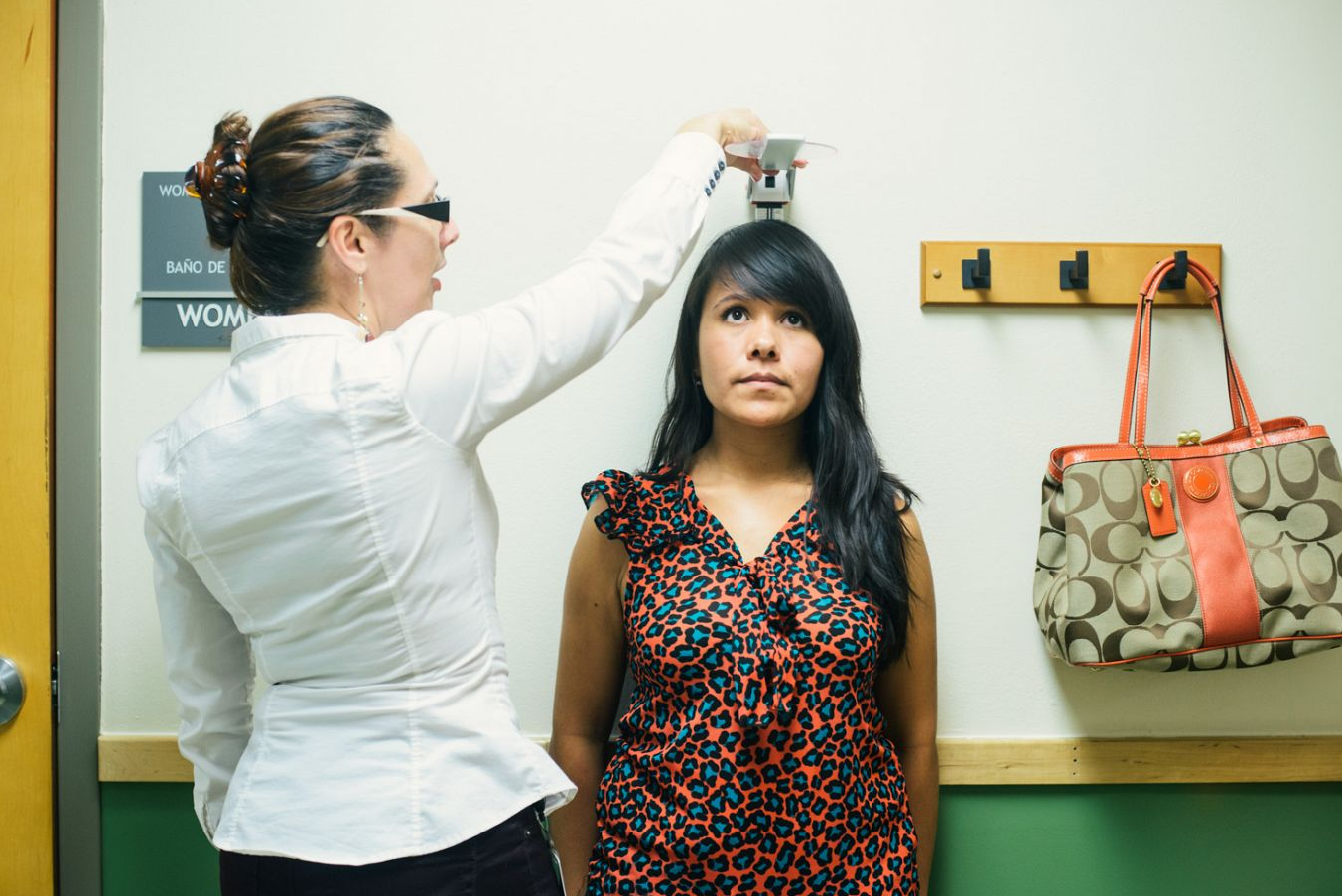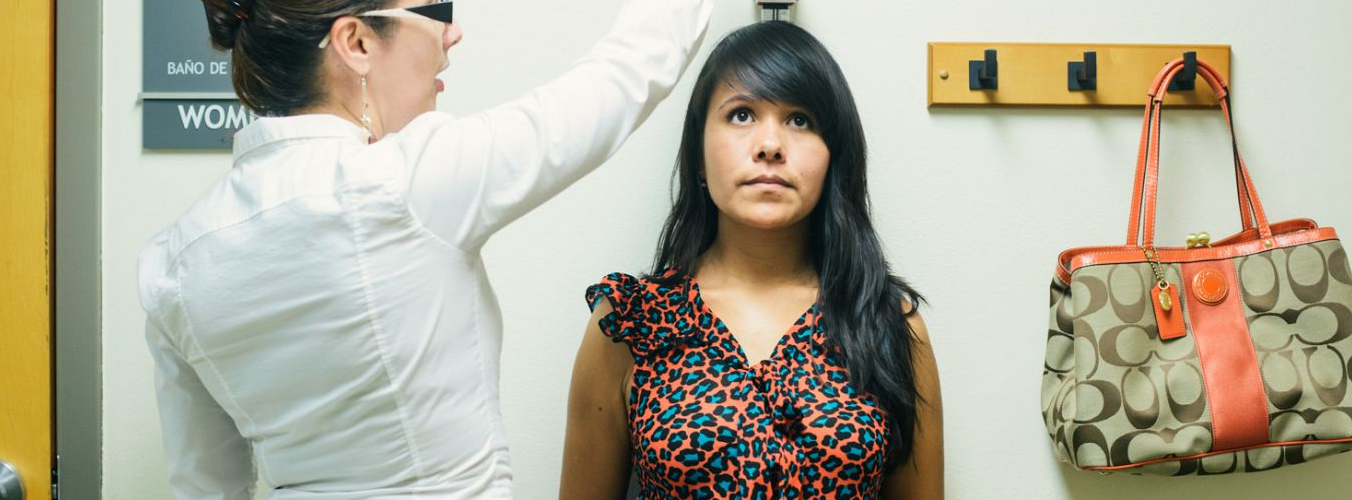
When I first began working to increase access to health care for low-income, uninsured people more than a decade ago, we had only three Federally Qualified Health Centers (FQHC) in Harris County. Two of the three FQHCs served the homeless population exclusively. We were way behind other cities like Boston, Chicago and Los Angeles that had been developing FQHCs for decades. Harris Health System had a handful of community clinics, but focused much of its work in the medical center. The rallying cry for those of us concerned about access was MORE: we need more FQHCs, more Harris Health clinics, more community-based primary clinics—lots more. Now, we have a dozen FQHCs with 20+ service locations, Harris Health has 14 community-based primary care clinics, and there are several independent charity clinics serving Harris County. Lots more, not enough, but lots more.
We also worked on reducing the number of uninsured people, because people with coverage are better able to afford care. With an uninsured rate above 30%, Harris County was a target-rich environment. Outreach and enrollment efforts brought more already-eligible people into Medicaid and CHIP. We succeeded in getting the legislature to create and fund the TexHealth Premium Program to provide new avenues for small business employees to buy health insurance. And when the Affordable Care Act passed, we helped hundreds of thousands of Harris County residents access coverage through the Marketplace. Again, lots more coverage, not enough, but lots more.
I’m proud of this work—it took a lot of people a long time to make it happen. Many people are able to get high-quality, affordable health care when they need it because of this work. But access to health care alone does not create healthy communities, nor will more access to more care. We need something different: we need to set our sights on health, not just health care. The US spends $2.9 trillion a year on health (about 18% of GDP) and yet achieves health status below most developed countries. That’s because we’re spending too much of that money on health care (32% on hospitals alone) and too little money in other areas that have greater influence on health status, like public health initiatives (only 2.6%).
I see the growth in community-based primary care clinics as an opportunity to shift some of that $2.9 trillion upstream to address the root causes of poor health, which after-the-fact health care simply cannot do. We’ve funded two clinics this year to do such work: Northwest Assistance Ministries (see article about program here) in Houston visits the homes of asthmatic children to identify and remediate environmental triggers. People’s Community Clinic in Austin engages lawyers to remediate substandard housing conditions that cause illness (watch video about program here). In each case, the clinic is actually solving the root cause of poor health, but not by providing care. All the new access points we worked so hard to create can become the driver of improved health by doing something different.
We still need more clinics and more coverage, but we also need something different—a focus on health, not just health care.
